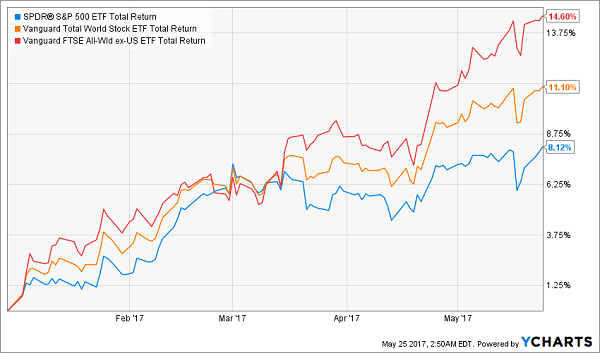When a clock is broken, it’s right twice a day. But when a permabear warns a stock market crash is coming “any day now,” how many times can they be right?
Well, if you’ve been waiting for a crash since the last one, you’ve been waiting for almost a decade. And that just empowers the bears to say it’s inevitable—it’s been so long since the last crash, surely another one is coming soon, right?
Wrong.
Here are three reasons why the stock market is set to keep going up.
1) Earnings Growth Is Strong
In the first quarter, analysts predicted 9% earnings growth for S&P 500 companies, and that helped the benchmark SPDR S&P 500 ETF (SPY) and Vanguard 500 Index Fund (VOO) rise over 8% in the first half of 2017.…
Read more


Recent Comments